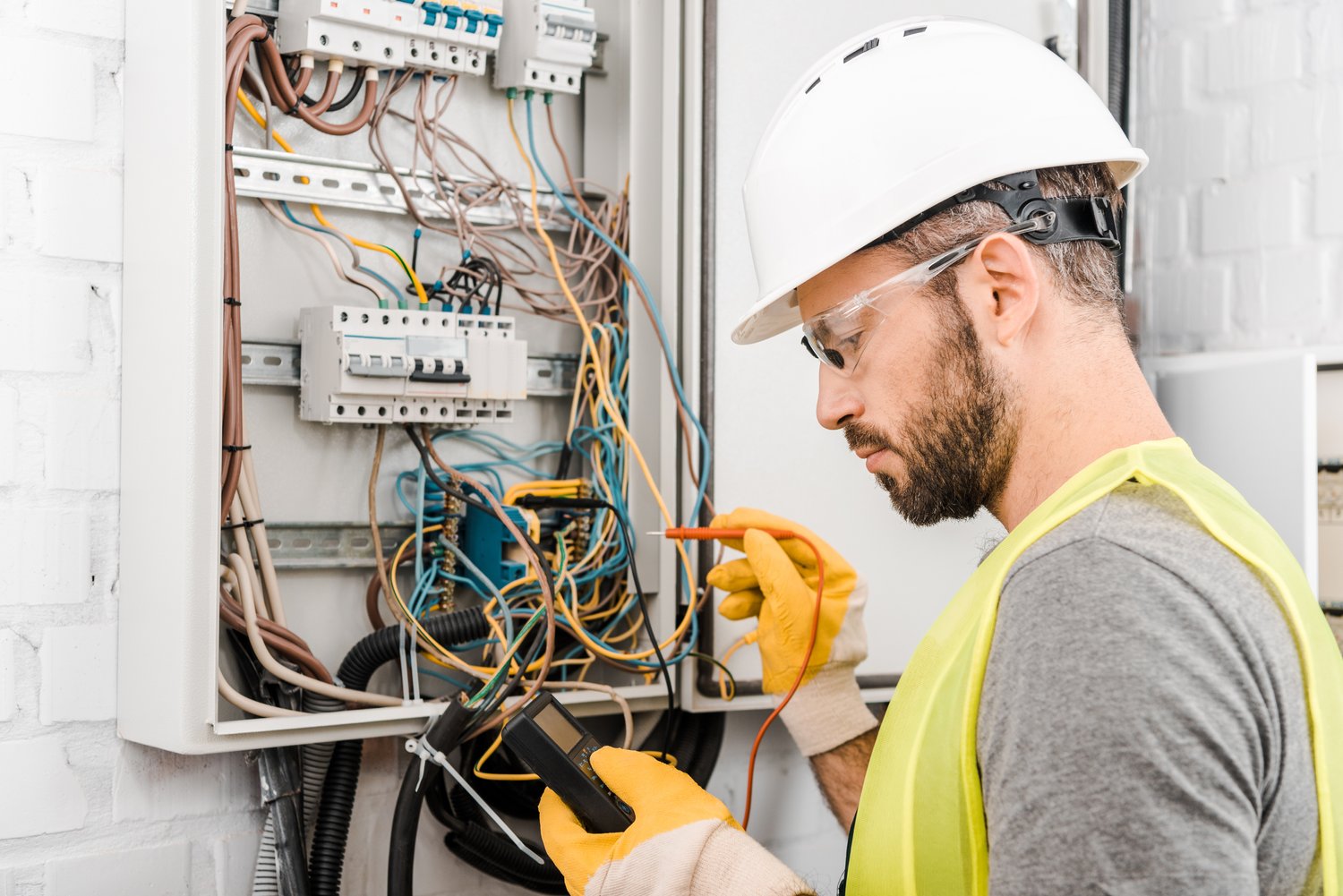Your home’s electrical panel is the central hub that distributes electricity throughout your house, yet many homeowners find it intimidating. This critical component, sometimes called a fuse box or breaker box, controls the power flow to every room and appliance. Understanding how your electrical panel works can help you quickly respond to power issues, identify problematic circuits, and even save money on electrician calls for simple fixes. In this comprehensive guide, we’ll demystify your home’s electrical system and provide practical knowledge every homeowner should possess.
What Is an Electrical Panel?
The electrical panel is the connection point between your utility company’s power lines and your home’s internal wiring. Modern homes typically have a breaker box containing circuit breakers, while older homes might still have a traditional fuse box with screw-in fuses. Both serve the same purpose: to safely distribute electricity and protect your home from electrical overloads. When you look at your home electrical panel, you’ll notice a main breaker that controls power to the entire house and numerous smaller breakers that control individual circuits. These components work together as a safety system, automatically cutting power when a circuit draws more electricity than it can safely handle, preventing potential fires or damage to your electrical system.
Locating Your Electrical Panel
Most homes have the breaker box installed in a utility area such as the basement, garage, utility room, or sometimes a hallway closet. In apartments, the understand breaker box location might be in a kitchen cabinet or near the entrance. It’s essential to know where your panel is located before an emergency occurs. Once you find it, familiarize yourself with how to open the panel door – typically, it has a simple latch or pull mechanism. Behind this door, you’ll find the array of breakers or fuses that control different areas of your home. As recommended by the experts at AskHomey, taking a few minutes to locate and examine your electrical panel during non-emergency times can save you considerable stress during an actual power issue.
Deciphering Your Panel’s Layout
Inside your electrical panel, you’ll see rows of switches (circuit breakers) or round fuses if you have older fuse box basics to work with. The main breaker, usually at the top or bottom of the panel, is larger than the others and typically rated for 100, 150, or 200 amps. This controls electricity to the entire house. Below or around this main breaker are the individual circuit breakers that control specific areas or appliances in your home. Many panels include a circuit directory on the inside of the door, listing which breaker controls which area. If yours doesn’t have this or it’s outdated, creating your own map is invaluable. To do this, have someone help you by turning breakers off one at a time while you note which lights or outlets stop working.
Understanding Circuit Breakers vs. Fuses
Modern homes use circuit breakers rather than fuses. The primary difference is that you can reset a circuit breaker after it trips, while a blown fuse must be replaced. Circuit breakers look like switches and have three positions: on, off, and tripped (which is slightly off-center). When a circuit becomes overloaded, the breaker trips to the middle position, cutting power to protect your wiring. In older homes with a fuse box, each fuse contains a metal strip that melts when too much current flows through it. When examining fuse box basics, you’ll notice that blown fuses often have a discolored glass window or a broken internal metal strip, indicating they need replacement.
How to Reset a Circuit Breaker
Knowing how to reset circuit breaker switches is a fundamental homeowner skill. If a breaker trips, first identify which circuit is affected by finding the breaker that’s not fully in the ON position. Before resetting it, unplug or turn off electronics on that circuit to prevent power surges when electricity is restored. To reset the breaker, firmly push it all the way to the OFF position, then snap it back to ON. You should feel a definite click. If the breaker immediately trips again, there may be a short circuit, overloaded circuit, or ground fault that requires further investigation. Persistent problems warrant calling an electrician to diagnose the issue rather than repeatedly resetting the breaker.
Common Electrical Panel Issues
As you become more familiar with your home electrical panel guide, you’ll learn to recognize common issues. Frequently tripping breakers usually indicate that too many devices are drawing power from one circuit. The solution might be redistributing your electronics or having an electrician install additional circuits. Buzzing sounds from your panel could signify loose connections or overheating components, requiring immediate professional attention. Warm or hot breakers also indicate potential problems that shouldn’t be ignored. Regular visual inspection of your panel can help catch issues before they become serious – look for signs of rust, burn marks, or melted insulation around wires.
When to Call a Professional
While basic troubleshooting is suitable for homeowners, certain situations demand professional intervention. If breakers trip repeatedly despite reducing the load, if you notice burn marks or melting anywhere in the panel, or if your panel feels hot to the touch, contact an electrician immediately. Similarly, if your home has aluminum wiring (common in homes built between 1965 and 1973), outdated knob-and-tube wiring, or a Federal Pacific Electric panel (known fire hazards), consider having your electrical system evaluated by a professional. Upgrading an outdated electrical panel isn’t just about convenience—it’s a critical safety measure for protecting your home and family.
For more tips and to connect with reliable home service professionals, follow AskHomey on Facebook and Instagram.



